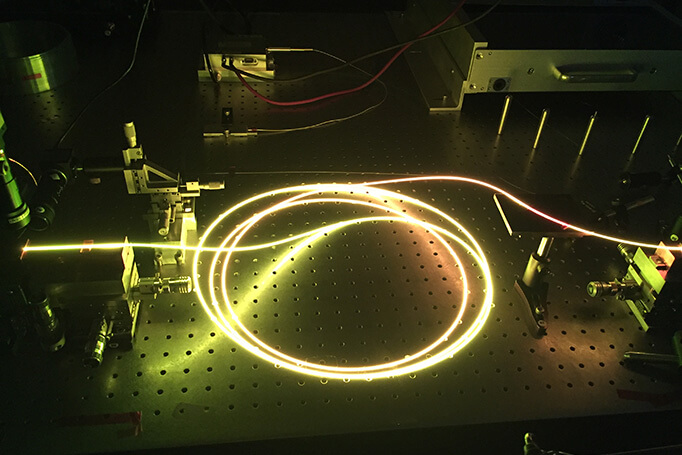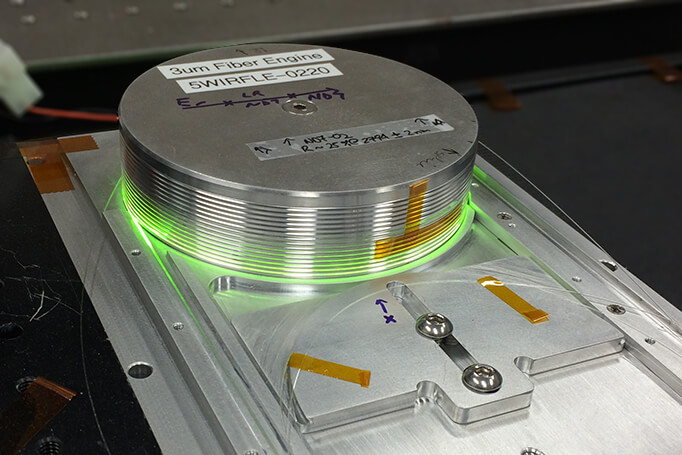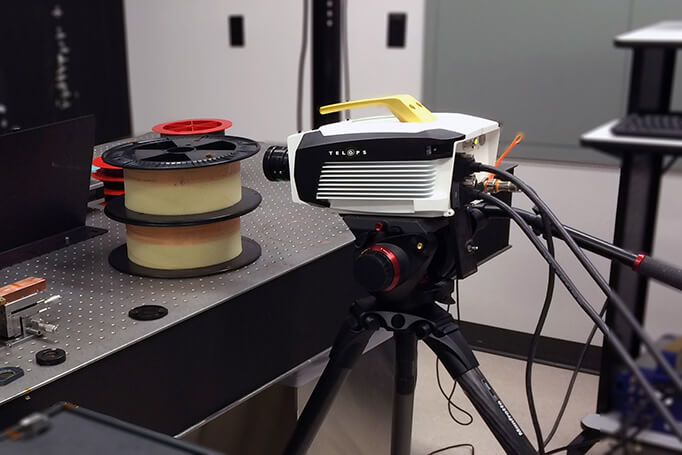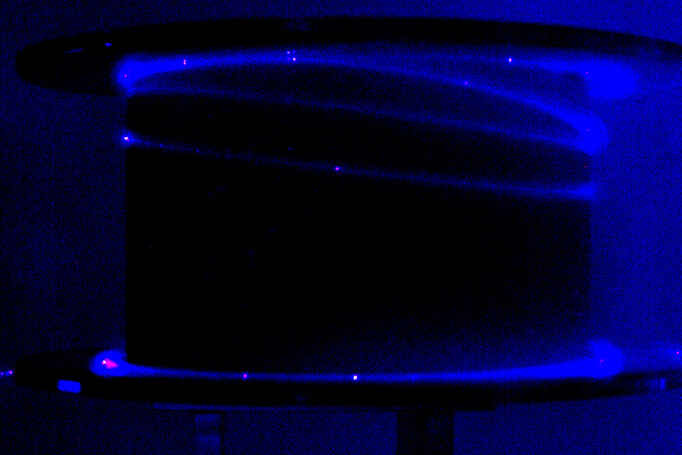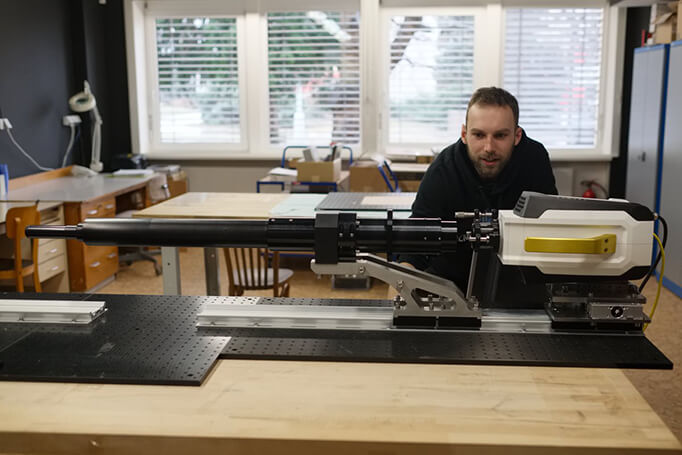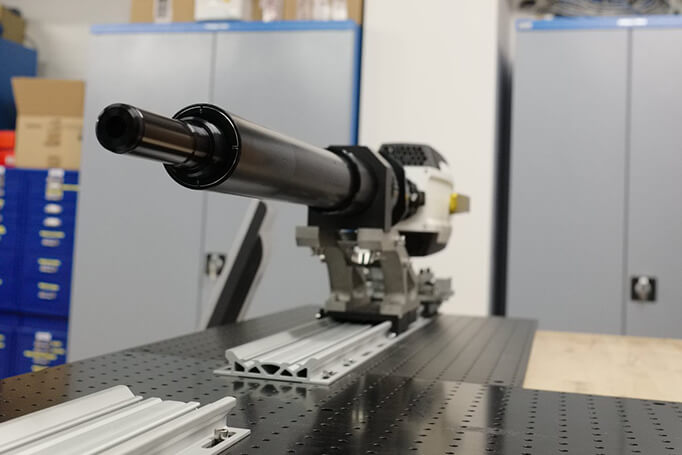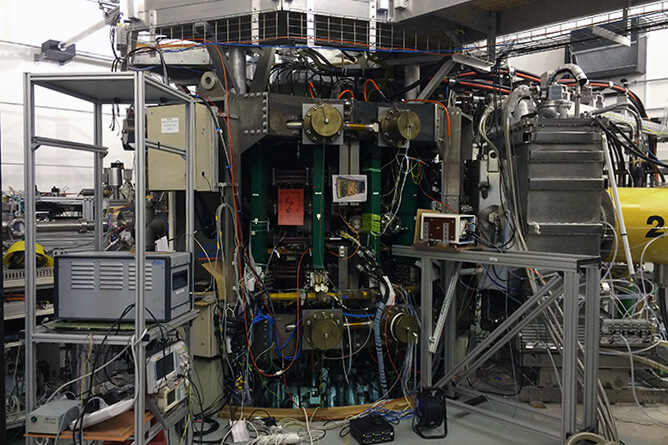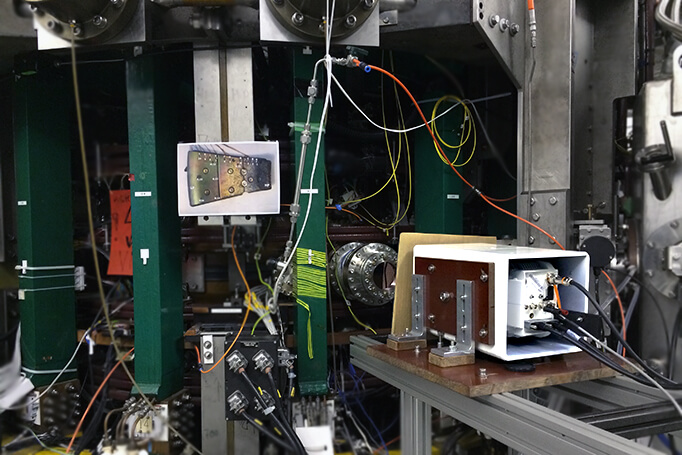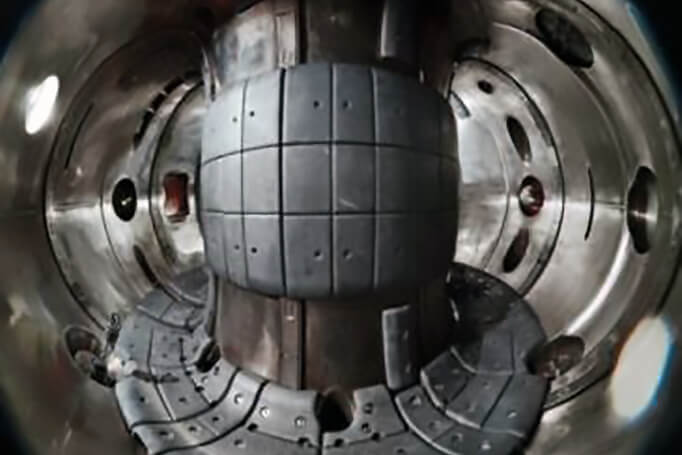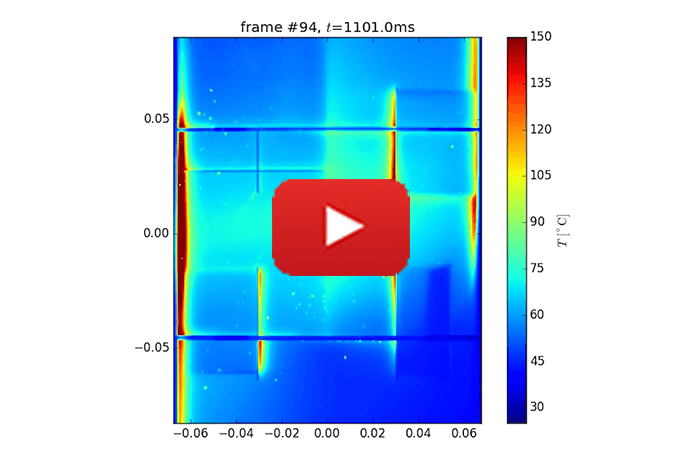The presence of cracks and defects changes the thermal properties of materials. Infrared imaging provides unique insights for remote inspection of various objects such as electronic components and artworks where non-contact analysis is more suitable. The correct interpretation of thermal flows can reveal the presence of structural changes within the material and prevent failures.
